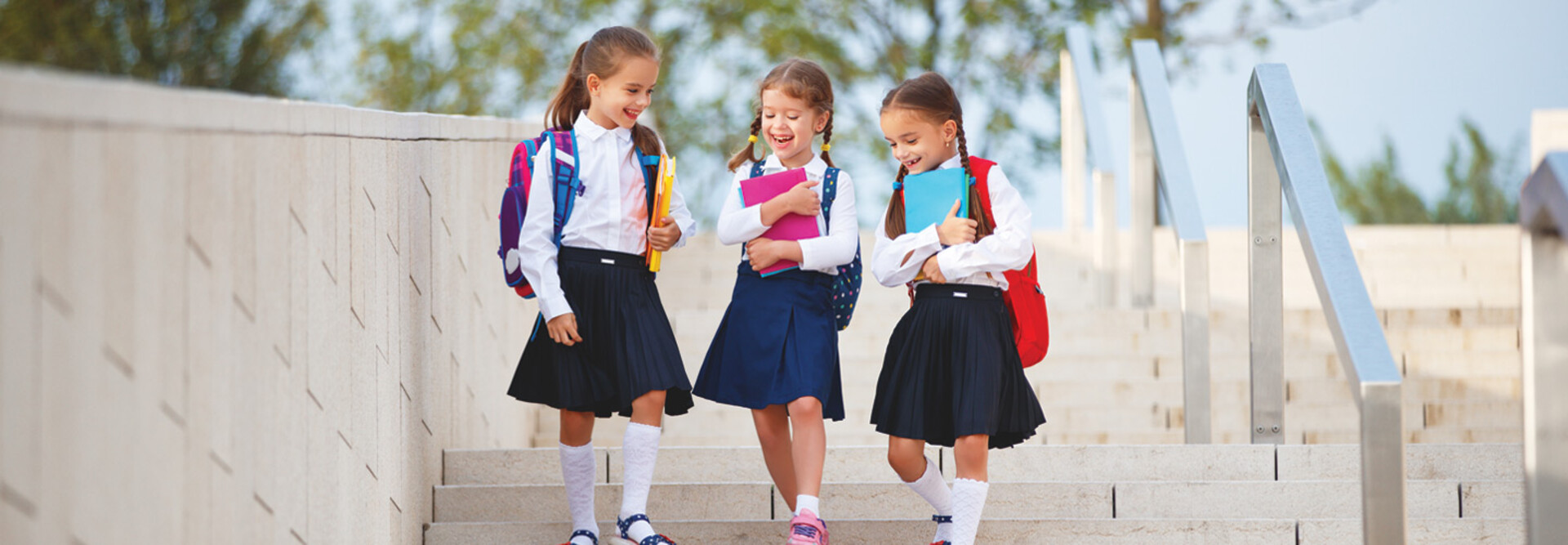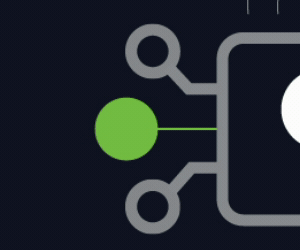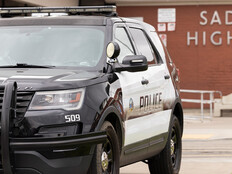It’s similar for physical security, though often school leadership better understands the importance and urgency of making schools physically safer. With physical security assessments, an outside expert can formalize a plan for making improvements where needed. The key is to report out on the vulnerabilities instead of creating a list that goes into a drawer somewhere and gets forgotten.
Improve Cybersecurity Readiness To Safeguard Student Data
Schools can get a lot of value from understanding their cybersecurity readiness. Data protection is one of the top concerns for schools today because — compared to corporations — K–12 IT is less sophisticated, and student data is incredibly valuable.
It’s important to make IT professionals and school leaders aware of the stakes when student data is compromised. If cybercriminals can steal personally identifiable information from a 6- or 8-year-old, they can do a lot of damage with that identity in 10 years before anyone notices it’s been compromised. How many 12-year-olds check their credit rating or try to take out a loan and realize their identity’s been stolen? By the time they find out someone has been using their information, it’s often far too late.
Not only do these cyberattacks put students’ futures at risk, they also shut down school operations for hours or days at a time. And, as part of a growing trend, hackers aren’t giving data back even when schools pay the ransom, jeopardizing students, staff and school operations.
With cybersecurity assessments, schools can find and patch these vulnerabilities before data loss becomes a concern. Tools such as the Cybersecurity Rubric can help. Schools can use this resource for free and even take the free certification training or share it with their staff.
Take School Safety Beyond the Checklist With Audits and Drills
Physical security audits should encompass all of the elements of school safety, such as visitor management, access controls, door controls, emergency notifications, camera quality, license-plate recognition and more.
The best option in these scenarios is to have someone visit your school campuses and walk around. In some instances, schools have invited external participants to “break in” to their buildings to see how far they get before they’re stopped and questioned.
RELATED: Visitor management and access control make K–12 schools safer.
The added value of having someone walk around is that they can identify vulnerabilities that might otherwise be missed, such as portable classrooms. During one school safety incident, my cousin called me because he was in lockdown in a portable classroom, and no school official or law enforcement individual seemed to know he was there.
Portable classrooms and stadiums are some of schools’ biggest areas of vulnerability. It’s one thing to practice lockdown drills during the day, but rarely do school leaders and first responders practice these for afterschool events. Everything from cameras to communication procedures should be stress tested at sporting events and other extracurriculars.
Additionally, practice lockdown drills with adults, such as in district offices. These trial runs can reveal surprising safety gaps that the school hasn’t previously considered. Part of a physical security assessment should include what your lockdown procedure looks like and how seriously people take it.
Click the banner below to explore solutions for a safe, secure learning environment.









![[title]Connect IT: Bridging the Gap Between Education and Technology](http://www.edtechmagazine.com/k12/sites/default/files/articles/2014/05/connectit.jpg)




